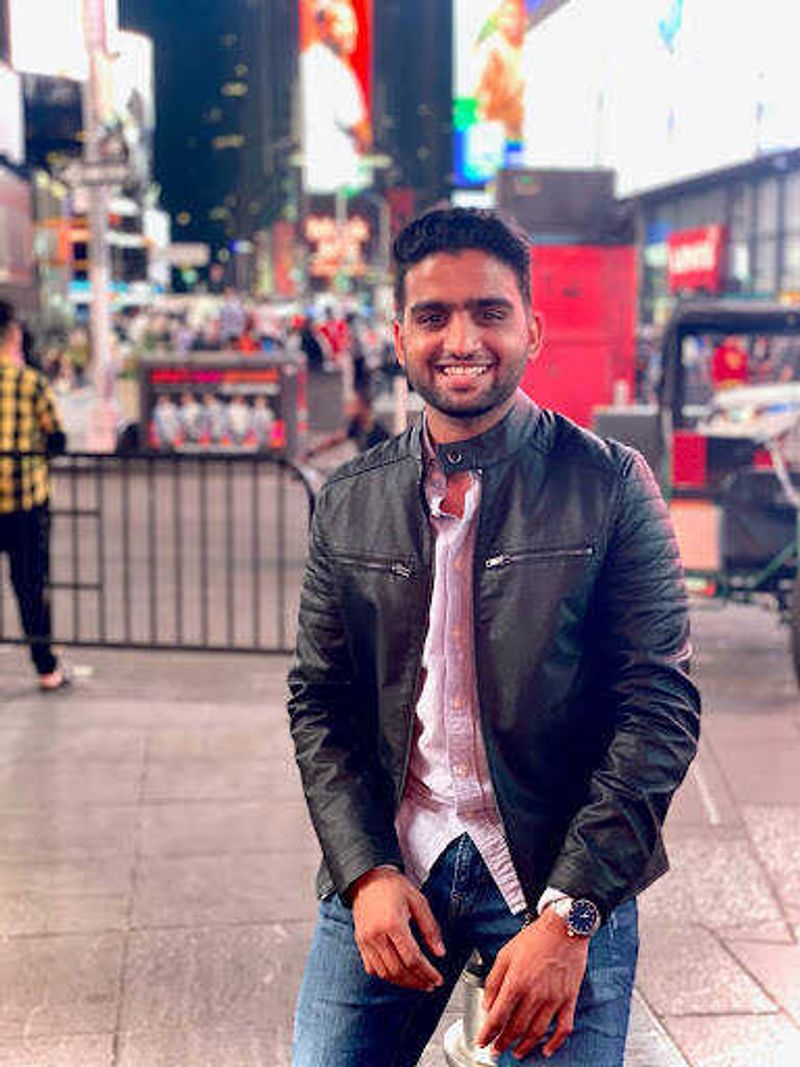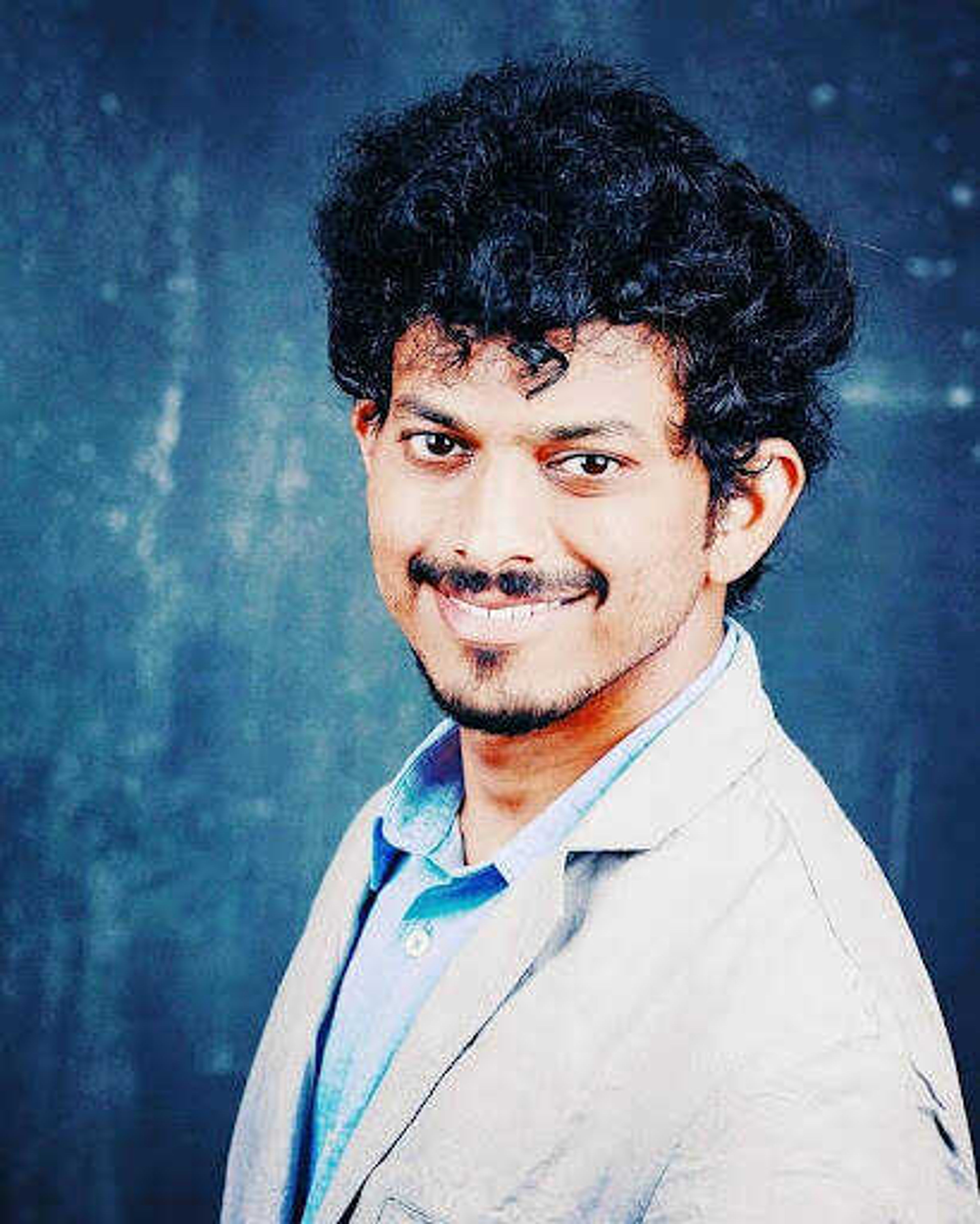International students share their experiences with working on campus
F-1 visas, OPT and CPT … do these terms look familiar? If you are a working domestic student, probably not. But for international students employed at SEMO, these terms are vital to understand. Director of International Education and Services Kevin Timlin handles international student affairs and shared some insight about the hoops international students must jump through in order to work while studying in America.
F-1 visas, OPT and CPT … do these terms look familiar? If you are a working domestic student, probably not. But for international students employed at SEMO, these terms are vital to understand. Director of International Education and Services Kevin Timlin handles international student affairs and shared some insight about the hoops international students must jump through in order to work while studying in America.
Timlin said it is important to define “international student,” because there are other people who have international backgrounds; America has many first-generation students or students who were born abroad. Timlin defines an international student as “someone who is a national or a citizen of a country other than the U.S. who is here studying on a visa.” But what is an F-1 visa, and how does it help international students who want to work on campus?
“The F-1 visa comes with a certain number of rights and responsibilities that the person must adhere to, to maintain their lawful presence or status in the U.S.,” Timlin said. “And part of that is, they’re not allowed to work off-campus without some kind of prior authorization.”
Approximately 90% of the international student population at SEMO holds an F-1 visa, which allows them to work up to 20 hours per week during the school year, and up to 40 during spring, winter, and summer breaks. Domestic students working on campus are also limited to working 20 hours per week, but must get permission to work 40 hours during break.
Another difference between a working domestic and a working international student is financial aid. Timlin said international students do not have access to Free Application for Federal Student Aid (FAFSA), or federal financial aid, while domestic students do. Both groups can apply for scholarships, but often, this is not enough.

“So, part of the admissions process and ability to get a visa is also demonstrating before an international student comes here that they have the financial means to support themselves while they’re here,” Timlin said. “Twenty hours a week at a student job is not enough to pay for tuition and living expenses and things like that. It can help supplement, but it’s not going to be enough to support them, so that’s one of the reasons why we require proof of finances up front. … Because we need to know that once they’re here, they’ve got the means to support themselves without having to work anywhere other than just an on-campus job.”
But what happens if you want to do an internship? Or what if a student still wants to work in the U.S. after graduation? That’s where Optional Practical Training (OPT) and Curricular Practical Training(CPT) come into play. According to Timlin, CPT permits students to do an internship while in their program. OPT allows a graduate to stay in the U.S. on their F-1 visa to work in the field they graduated from for one year. STEM students may stay up to three years on OPT. If a student’s visa or duration of status has expired by this time, they just need proof of their I-20 form, which allows them to stay until their training is completed.
Jaimin Patel, an international student from Gujarat, India, works two jobs on campus: One at the Information Technology (IT) Help Desk and one as a resident assistant at Vandiver Hall. Despite enjoying his work in both positions, he said there are some added benefits for domestic students who can work off-campus.
“I think if I was able to work off-campus, it would have been nice, because I can learn new things instead of just working in a computer lab,” Patel said. “I am majoring in biomedical science, and my main focus is dentistry, and I would like to work at a dental office, which will give me experience for my dental school … and how the dental office functions.”
Working on campus can be beneficial, too. On campus, students don’t have to worry about finding transportation, the pay and hours are consistent, and the employers value their education. Rajesh Pulime, an international student from Karnataka, India, who is completing his master’s degree in applied computer science, said working in the International Admissions Department at International Village has helped him find a good community made up of people who can relate to his experiences.
“It was pretty awesome working with the international admissions team, as we see everyone is from different countries there,” Pulime said. “You don’t find that in any other on-campus opportunity.”
To learn more about international student employment, check out SEMO Career Services.







